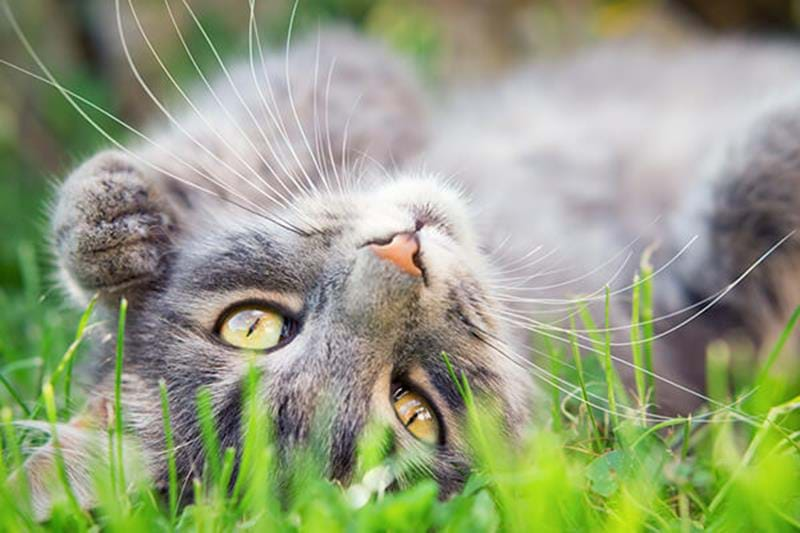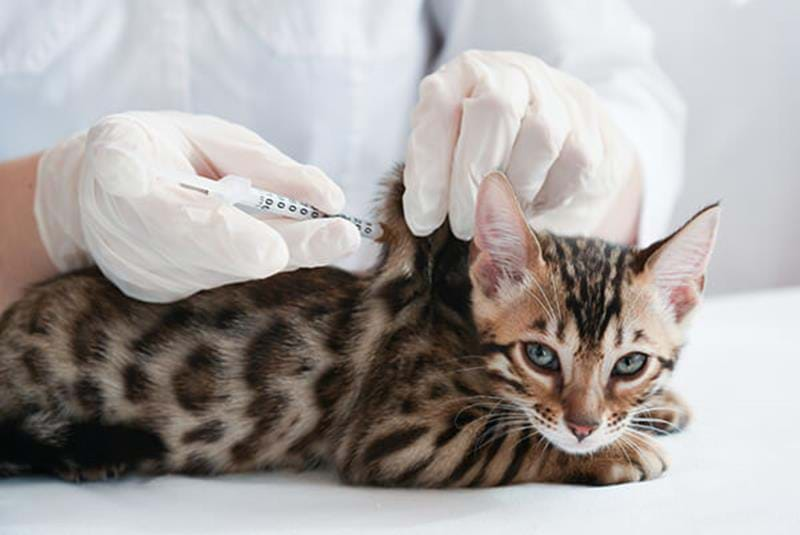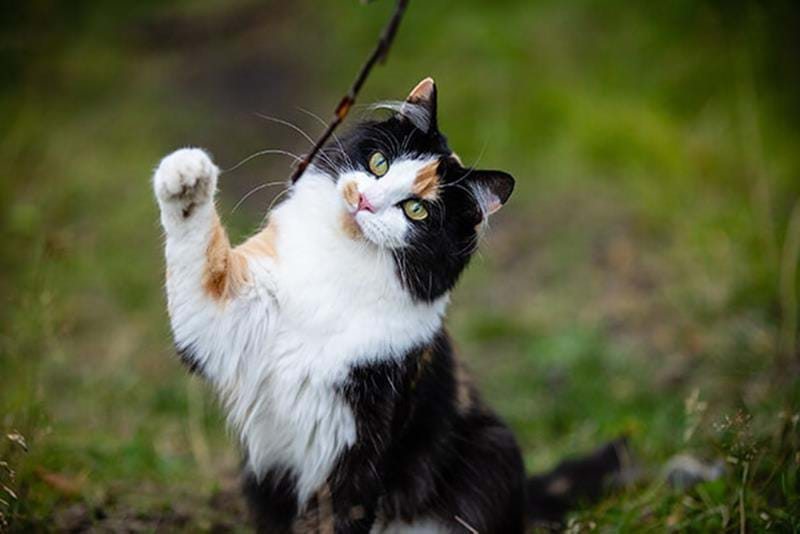Travelling with a cat requires preparation no matter how far you’re travelling, how long you’ll be away or whether you’ll travel by car, train, bus or plane. If you’re going abroad with your cat, you also need to know what rules apply to your cat in the destination country, especially involving vaccinations.
TRAVELLING WITH A CAT – THINGS TO THINK ABOUT BEFORE YOUR TRIP
Cats are sensitive to change, and taking your cat on holiday or a longer trip isn’t always a good idea. Your cat’s wellbeing should always come first. If you don’t think your cat will enjoy a change of environment, it’s best just to leave it where it feels safe.
Cats can’t fend for themselves, so you can’t leave the cat alone when you go on holiday. There are rules for how long a cat can be left unattended – and that’s to do with its need for social contact, not just food and water.
Further reading
TRAVELLING ABROAD WITH A CAT
When travelling abroad with a cat, you should keep in mind that each country has its own import rules and vaccination requirements. Also, it takes time for vaccinations to provide adequate protection, so make sure to plan well in advance.
Travelling with a cat within the EU is relatively easy. All EU countries require that the cat has a valid vaccination against rabies, that it’s microchipped (an ear tattoo only works for travel within Sweden), and that it has a valid EU pet passport. If your cat meets all the requirements, your vet can issue you an EU cat passport. On top of that, there are specific rules for countries where the dwarf fox tapeworm is common.
Complete rules for travelling abroad with a cat can always be found on the Swedish Board of Agriculture’s website.
- Read more about the requirements for travelling with your cat within the EU at the Swedish Board of Agriculture
- Read more about the requirements for travelling with your cat outside the EU at the Swedish Board of Agriculture
Further reading
FLYING WITH A CAT REQUIRES PREPARATION
Consider your journey carefully before flying with a cat. Cats are sensitive animals and they’ll probably not enjoy a long flight.
It’s usually advised not to give a cat sedatives, and there are even airlines that ban this practice. However, there are other methods you can use to keep your cat calm, such as pheromone sprays.
To be allowed to fly, your cat must have a special flight ticket. Most airlines allow you to bring your cat into the cabin, but there are also some that only allow animals in the cargo hold. There are restrictions on how much your cat can weigh and the dimensions of the carry cage it’s travelling in.
Start your research well in advance and feel free to contact your airline if you’re unsure.
TRAVELLING BY CAR, TRAIN OR BUS WITH A CAT
When you’re travelling by car, train or bus with your cat, you should make sure it travels in a safe cage with good air flow. The cage should give the cat enough space to be able to lie down in a natural way. It should also be able to stand up and turn around in the cage.
If possible, it’s best to allow the cat access to fresh water throughout the journey. There are special travel bowls that are designed so that the water doesn’t spill out into the cage.
If offering fresh water throughout the journey isn’t possible, the cat should be offered the opportunity to drink at least every six hours. Avoid feeding the cat just before setting off, however, as many cats vomit from motion sickness or nervousness when travelling.
Some cats may find the unfamiliar sounds from the car, train or bus unpleasant. If possible, place the cage with the opening facing you, so the cat can look at you during the journey. You can also put a favourite blanket, a toy or something else that smells of home in the cage so the cat feels more safe.
When you’re driving with a cat, it’s a good idea to take regular breaks so that you both have the opportunity to breathe some fresh air from time to time. Don’t leave your cat alone in the car, especially if it’s a hot day. Temperature inside cars can rise quickly, which can be extremely dangerous.
If you’re driving across borders with the cat in the car, you must check the rules that apply to how the cat’s allowed to travel in the car in the country in question. For example, there might be rules for how the cage should be designed.







